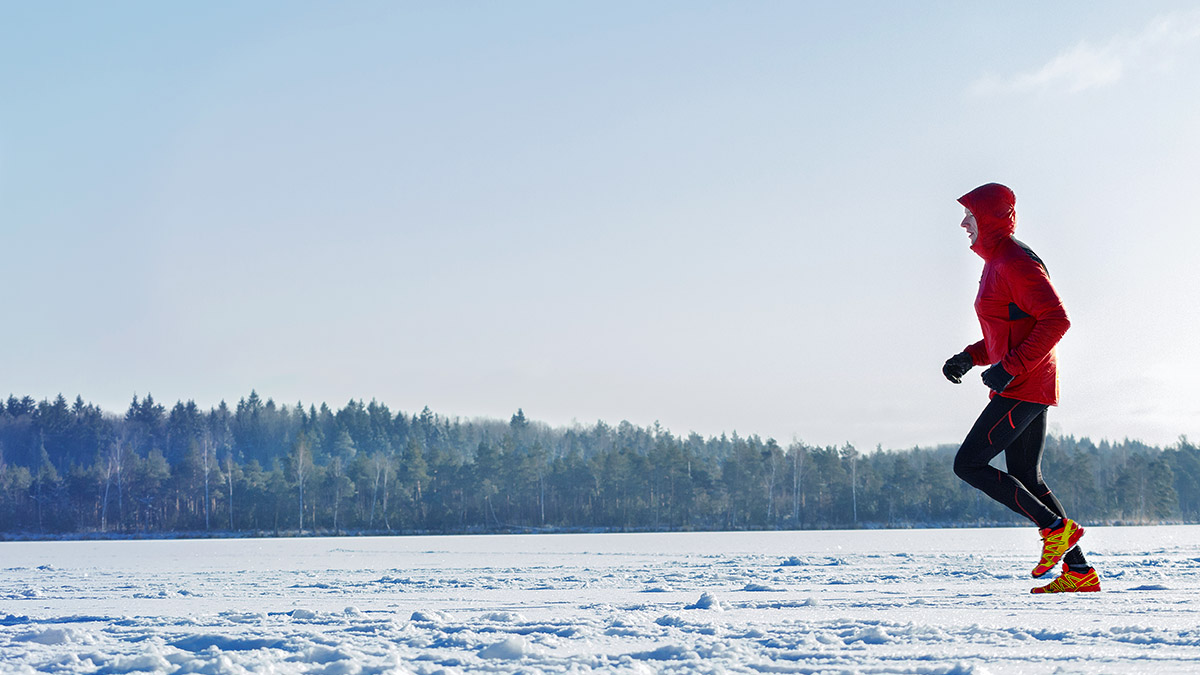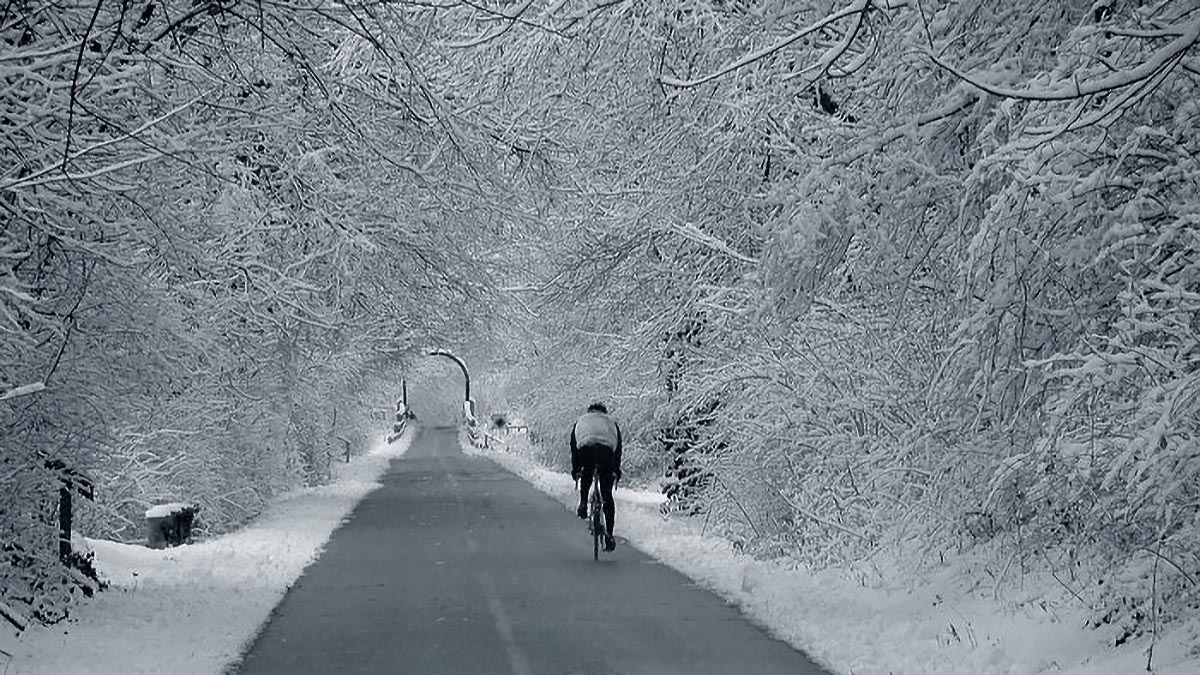In the Northern hemisphere, we are entering one of the toughest stretches of the preseason. We can’t wait to start training harder and potentially even outside, yet we also live with the fear that if we train outside, we might fall ill due to some evil fitness-eating virus (aka the common cold or flu).
Don’t let the weather hold you back from capitalizing on early-season fitness — here are five of our favorite practical hints and tips to survive the perils of early spring.
1. Dress for the Occasion
A quick check of your favorite weather app the day before a scheduled outdoor workout will let you know what nature will bring tomorrow. Assuming it will not be too dangerous to go outside, make sure you have the necessary winter, rain, or wind gear ready before you head to bed.
It’s worth noting that what you wear after your ride can be just as important as what you wear on your ride. Make sure you have a hat to wear between the car and your office, gloves for walking the dog, and warm boots. Dressing with the weather conditions in mind will help you avoid putting unnecessary stress on your body, giving it the energy it needs to fend off germs.
2. Stay Indoors When the Weather is Bad
There will be some days when it’s simply not wise to venture outside. High winds, snow, or ice on the ground all increase the risk of having a bad spill and breaking something — in conditions like this it’s simply not worth the risk to brave the elements. Forcing yourself to “toughen up” and run outside will likely cause more harm than good.
A simple rule of thumb that works for me is that if the windshield of my car is frosted over, I scrap my outdoor ride in favor of an indoor session. Everyone will have their own weather signs and personal limiters — listen to them!
On indoor days, you can use your own turbo/smart trainer, a treadmill, or even a simple strength and conditioning session. Anything is better than nothing, and even a short indoor workout will help banish those “inner voices” trying to convince you that you’ll lose three months of fitness over one missed bike session. Spoiler alert: you don’t lose fitness that fast!
3. Eat Immune-Boosting Foods
Even though I eat fairly well during the year, I make a concerted effort during the winter months to load up on fresh fruit and vegetables to give my immune system the best support it can get.
For me, this is as simple as taking lots of vitamin C — ideally through fresh citrus like grapefruit and oranges, or through juices and smoothies in a pinch.
Other foods known for their immune-boosting properties include broccoli, garlic, ginger, natural yogurt, green tea, and almonds.
4. Respect Your Rest Days
Again, this is not a winter-specific practice, but it does become more important during the colder months of the year. If you don’t give your body time to adequately recover from the stress of training, you are giving the viruses a better chance to take hold. You should always respect your rest days and recovery cycles, but even more so during cold and flu season!
5. Listen to Your Body
Even after taking all these precautions, there is always a risk of germs getting the upper hand. If you feel a cold coming on, it’s best to catch it early and take an extra couple of days rest.
I monitor my resting heart rate every morning, and if I see any spikes from my average and telltale signs like sniffles. a sore throat, etc., I cancel all my planned sessions until I am feeling 100 percent.
It’s much easier to “lose” a day or two of scheduled training than it is to be forced into two weeks off with a full-blown chest infection. You can shorten the duration of your sickness and avoid sacrificing workout quality if you simply hit the brakes when you start feeling under the weather.
Summary
Yes, winter can be a scary time for athletes. It can seem like the world is full of germs, all trying to derail our preseason training. The good news is that with a little common sense, you can maintain a very respectable training load without having to lock yourself in a protective bubble.
Simply dress appropriately, choose where and when to train, eat and sleep well, and listen to your body’s telltale signs. Do this, and you’ll be able to survive the worst that Jack Frost can throw at us.
Cup of green tea, anyone?








